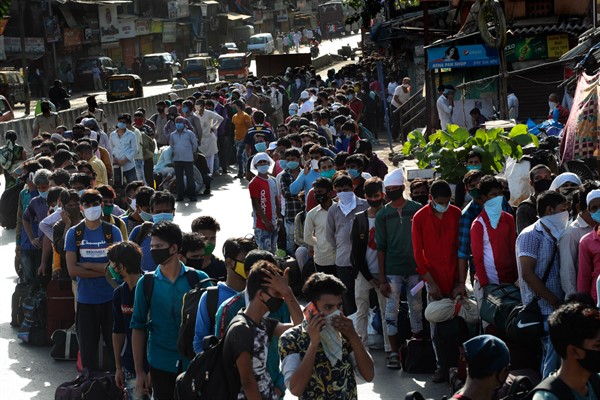From the coronavirus’s initial outbreak in the sprawling city of Wuhan in central China, urban areas from New York and Sao Paulo to London, Moscow and Johannesburg have been the primary epicenters of the COVID-19 pandemic. On the Trend Lines podcast this week, WPR’s Elliot Waldman spoke to Ronak B. Patel, the founder and director of the Urbanization and Resilience Program at the Harvard Humanitarian Initiative, about the historical trends that have made large cities more susceptible to outbreaks of disease, and how municipalities can protect their residents from future pandemics.
Listen to the full conversation here:
And if you like what you hear, subscribe to Trend Lines: Apple Podcasts | RSS | Spotify

